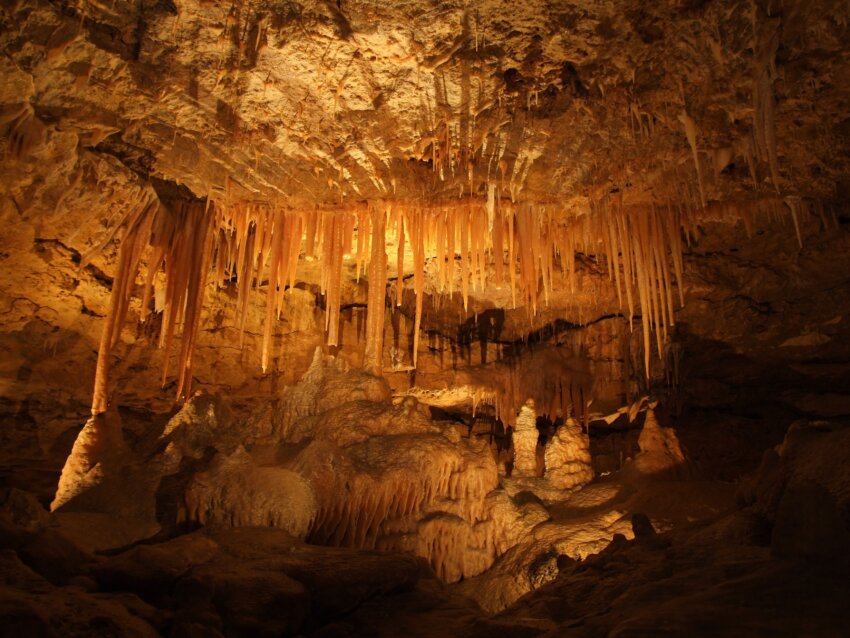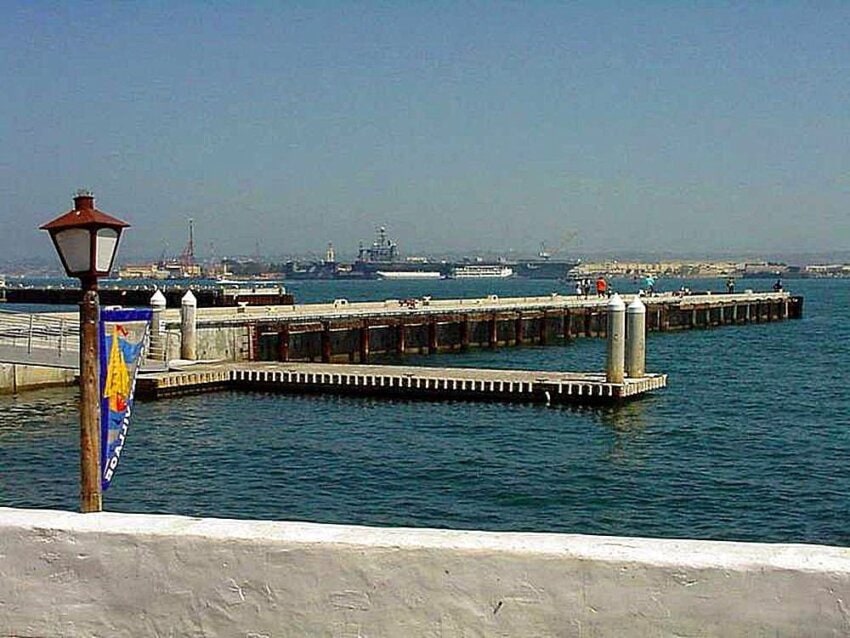Some types of sports tourism at first glance may not seem attractive at all, such as cave tourism. What can be interesting under the ground? How do people voluntarily dare to expose themselves to a huge number of risks and for what?
Passing natural underground obstacles, as a kind of sports or even extreme tourism, attracts many fans to test their body’s endurance. Speleotourism can be called a very versatile, as in the search and study of “his” cave you can experience and hiking, and mountain climbing with elements of climbing, and sometimes even scuba diving.
Speloturizm can be and sightseeing – for those who want to just see what it is, underground life. These tours are usually held in equipped caves, which paved paths, artificial lighting, there are restrictive security handrails and information boards are installed everywhere.
Features of speleotourism
To experience the caves in their natural appearance provides an opportunity to caving amateur and professional – for those who are just “look” is not enough. Here we can highlight the following features of cave tourism:
– Despite the complexity of the speleological route and the type of cave, everyone in any case will experience the basic difficulties of cave life: the constant absence of natural light, high humidity, low temperatures, a variety of topography, the lack of natural orientation on the ground.
– You will not be able to get to the cave by transport – sometimes you have to walk (ski, boat) for several days to the very bottom of the cave.
– Caves are also different – the depth, age, the principle of formation. All this naturally affects the complexity and degree of danger of the underground route. But the main difference between caves is that they can be horizontal, inclined and vertical. Horizontal most often formed in the mountains, and their passage may not even require special equipment. The greatest interest for tourist extremists are inclined and vertical caves – that is where to expect all the “charms” of underground tourism.
– Speleo-routes are divided into categories of complexity, which allows to go under the ground as professionals and amateurs.
The sporting interest of the amateur speleologist.
So, we can understand that the sporting interest of passing the cave routes is precisely in overcoming the characteristic difficulties:
– First, it is a ground route to the cave. Its complexity and length depend on the location of the cave, methods of approach to it, weather conditions, etc. It may be a summer hike in a few days, river crossings, winter road on skis with descents and ascents – all this requires not only physical and mental preparation, but also the ability to distribute strength to the next stage.
– Next comes the underground route itself. Obstacles underground depend on the nature of the cave and the complexity category of speleological route. The easiest routes are usually in dry caves and take no more than half a day. But caving walks become complicated by the number of blockages, waterways, narrow passages, by the presence of places which require poles, step ladders or scuba diving gear, by the necessity to stay for a long time without support underfoot, etc. The most difficult routes are characterized by an abundance of this kind of complexity and lasts about two weeks. In addition, the passage of the caving route of the highest category of complexity involves the creation of underground camps and lasts much longer.
– No less important is the ability to strict compliance with safety equipment and rules of conduct in the caves, the proper use of equipment, as well as the ability to behave in emergencies and the ability to provide first aid. It is very important to be able to control yourself in case of any incident, not to panic and not to fuss – because any deviation from the norms of behavior can lead to more trouble.
– Moral and psychological stability is as important as physical training. You are not just staying in the cave for a long time in the confined space in conditions of high humidity, lack of oxygen and low temperatures. With all this you are still moving, often not on your feet, but on a rope, crawling through narrow openings with no light and no room for anyone but you, diving under water, as there is simply no other way, and there is constant darkness ahead. You can’t navigate the terrain without special devices. You can’t choose a way around, because there is only one way out – and whatever it is, you have to take it. Morally, it is not easy. There is no turning back.
– Speleotourism is not only able to specifically train the body, increase endurance and physical fitness, but also helps to overcome the natural fears of the dark and confined spaces. But you should be careful – if you have strong fears, then after a long stay in a cave it can turn into a phobia.
And once you step out of the cave into the light, it’s quite clear why the most ordinary things seem so extraordinary. You might even perceive daylight differently. For someone such a trip really brings a tremendous experience, but for some it can be detrimental to health or even cost the life. Speleotourism – a very difficult and dangerous type of tourism, so even if you are very interested, do not rush to plunge into a long trip. First, walk through the excursion cave, breathe its air, feel the atmosphere and check the reaction of your body to this kind of environmental change.













